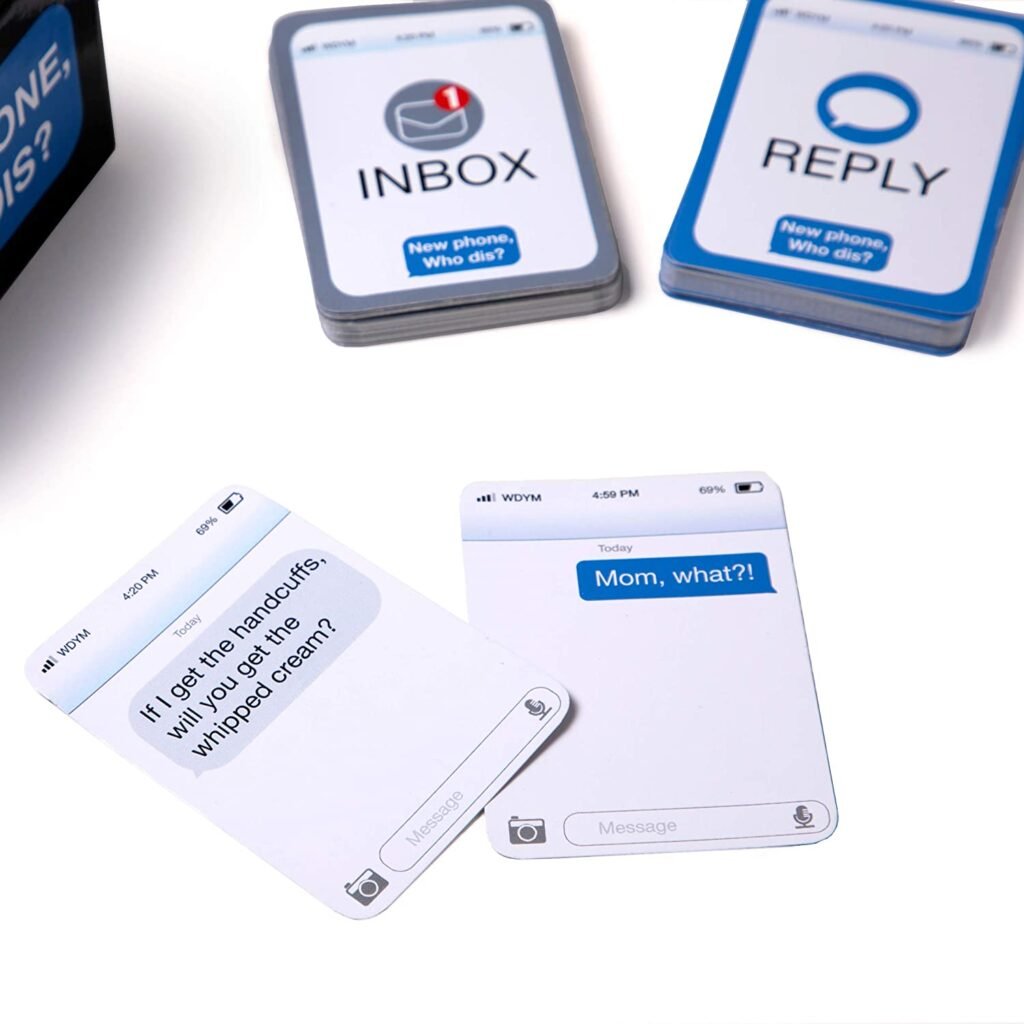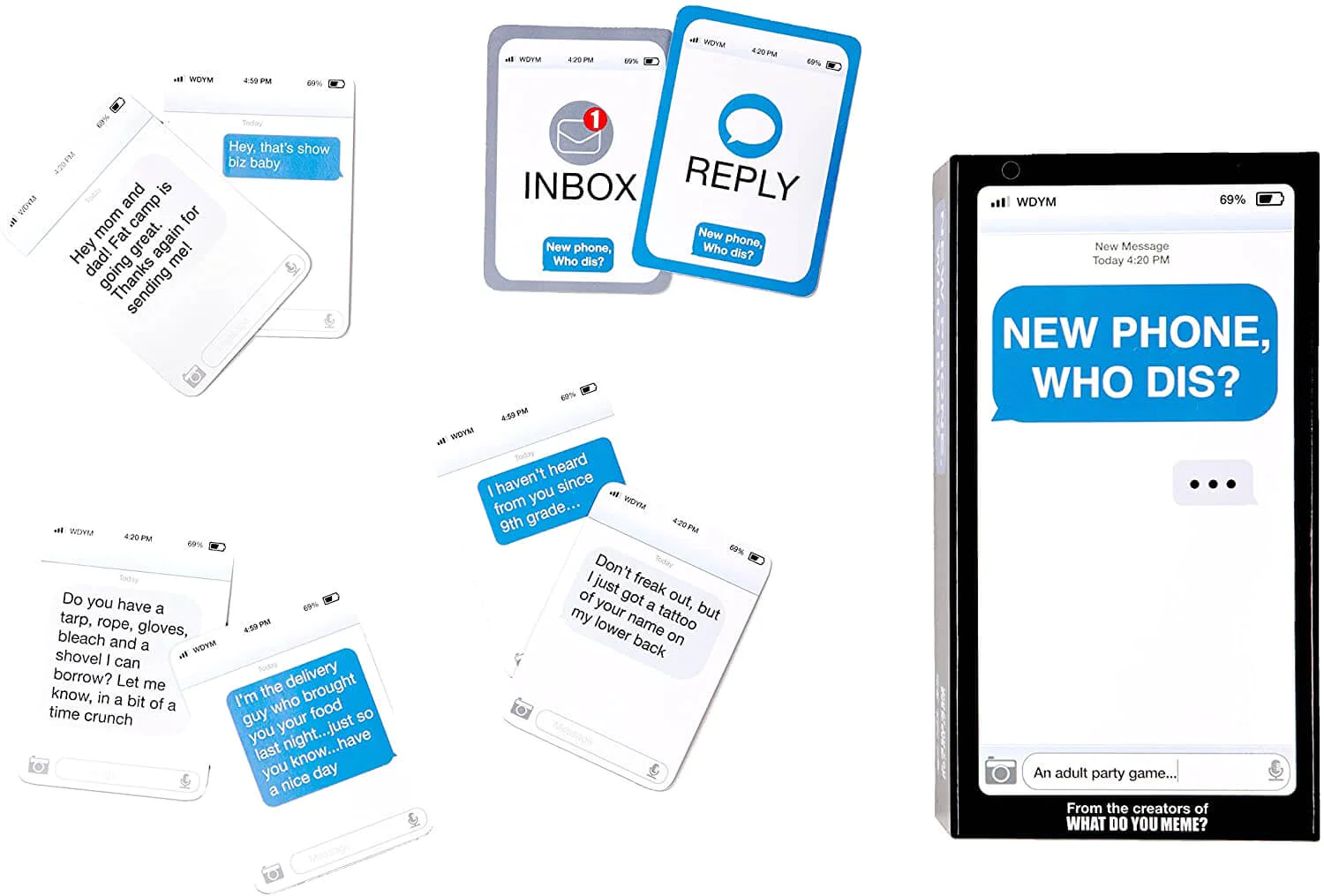Introduction to New Phone Who Dis
Contents
- 1 Introduction to New Phone Who Dis
- 2 Origins of the Phrase New Phone Who Dis
- 3 Evolution of Communication Norms
- 4 Social Dynamics
- 5 Memetic Nature
- 6 Anonymity and Disconnection
- 7 Cultural Significance
- 8 Adaptation in Popular Culture
- 9 Pragmatic Utility
- 10 Digital Etiquette
- 11 Response Strategies
- 12 Ambiguity and Ambivalence
- 13 Relationship Dynamics
- 14 Technological Implications
- 15 Generational Divide
- 16 Linguistic Evolution
- 17 Identity Negotiation
- 18 Cultural Commentary
- 19 Digital Disconnection
- 20 Conclusion
In the great realm of present day communication the term “New Phone Who Dis”, the phrase new phone who dis has turned out to be emblematic of the temporary nature of digital interactions. It encapsulates the informal dismissal or feigned ignorance often employed whilst one gets a message from an unusual wide variety or touch.
Origins of the Phrase New Phone Who Dis
The origins of new phone who dis trace back to the early days of cellular telephones and text messaging, wherein people often modified gadgets or numbers, leading to confusion over identities. This phrase emerged organically as a shorthand way to navigate the awkwardness of reconnecting with a person whose contact records had been modified, imparting a lighthearted and funny approach to what should otherwise be an uncomfortable situation.
Evolution of Communication Norms
As the communication era advanced, so did the norms surrounding it. New cell phones emerged as a succinct and informal manner to deal with the awkwardness of reconnecting with someone whose contact statistics have been modified. With the proliferation of smartphones and social media, human beings now have multiple avenues for communication, mainly through a regular inflow of messages and contacts. In this rapid-paced digital landscape, terms like new smartphones offer a convenient way to manipulate and prioritize interactions.
Social Dynamics
This word displays the changing social dynamics of a virtual age, in which maintaining connections is less difficult than ever, but the significance of each connection may additionally diminish amidst the extensive sea of contacts. In a global where virtual interactions regularly take precedence over face-to-face conversation, a new smartphone embodies the casual, fleeting nature of many online relationships.

Memetic Nature
Like many aspects of net tradition, new phone who dis has taken on a memetic niche, spreading unexpectedly via online structures and becoming ingrained inside the lexicon of digital communication. Memes and viral developments play an enormous role in shaping present day discourse, influencing language, conduct and social norms.
Anonymity and Disconnection
The phrase also highlights the anonymity and disconnection inherent in contemporary communication, where interactions can be fleeting and impersonal, frequently missing the intensity of face-to-face encounters. In a digital panorama in which people can easily hide their identities in the back of monitors and avatars, the query of new phones will become emblematic of the transient nature of online relationships.
7. Humorous Undertones
Despite its capability for awkwardness, the new phone contains funny undertones, regularly serving as a lighthearted manner to navigate the complexities of modern-day social interactions. By injecting humor into probably uncomfortable conditions, individuals can diffuse anxiety and hold an experience of the levity of their interactions.
Cultural Significance
As a mirrored image of present day verbal exchange norms, this word holds cultural significance, serving as a shorthand for the demanding situations and nuances of keeping relationships in a digital global. In a generation wherein online verbal exchange has turned out to be ubiquitous, new phone who dis encapsulates the battle to stabilize the benefit of connectivity with the need for true, significant interactions.
Adaptation in Popular Culture
New cell phone has found its manner into famous culture, referenced in memes, social media posts and even mainstream enjoyment, further solidifying its vicinity in contemporary vernacular. From tv shows to advertising and marketing campaigns, this phrase has permeated numerous aspects of a famous way of life, turning into a recognizable image of the virtual age.
Pragmatic Utility
Beyond its cultural and social implications, new phone who dis additionally serves a practical purpose, allowing people to manage their virtual identities and limitations comfortably. In a global where privateness concerns are paramount, this phrase provides a simple yet effective manner to display surprising contacts and guard private facts.
Digital Etiquette
In a technology wherein virtual etiquette continues to be being defined, new smartphones offer a glimpse into the evolving norms of communication and the approaches in which language adapts to new technology. With the upward push of social media and messaging apps, the regulations of engagement have grow to be more and more complicated, requiring individuals to navigate a myriad of social cues and expectancies.
Response Strategies
The word is frequently employed as a reaction method, giving individuals the freedom to decide whether to interact similarly with a contact or really pass on without further interplay. In a digital world in which limitations are effortlessly blurred, new phone who dis offers a clear and concise manner to say limitations and manipulate expectations.

Ambiguity and Ambivalence
Its ambiguity and ambivalence make new cell phones a versatile tool for navigating the complexities of social interaction, allowing individuals to hold manage over their digital presence. Whether used as a playful dismissal or a actual inquiry, this word offers a degree of flexibility and autonomy in on-line communication.
Relationship Dynamics
The use of this word can also shed light on the character of relationship dynamics in a virtual age, where connections are effortlessly made and damaged, often without the depth of traditional face-to-face interactions. In a landscape characterized by means of regular connectivity and on the spot gratification, new phone who dis reflects the transient nature of many online relationships.
Technological Implications
From a technological standpoint, the new cell phone underscores the fluidity of virtual identities and the demanding situations of dealing with multiple devices and speaking to lists. In an era where people may additionally have numerous cell phone numbers, e-mail addresses and social media accounts, keeping tune of one’s digital footprint can be a daunting challenge.
Generational Divide
There can be a generational divide inside the expertise and utilization of new phone who dis with younger generations embracing it extra with no trouble as a herbal extension in their virtual lives. For virtual natives who have grown up in an era of smartphones and regular connectivity, phrases like new phone who dis may additionally make sense like second nature, reflecting their consolation and familiarity with digital verbal exchange. Older generations, then again, may additionally view this phrase as emblematic of the impersonal nature of modern communication, lamenting the loss of extra intimate sorts of interaction.
Linguistic Evolution
As a part of the ever-evolving panorama of language, the new phone exemplifies linguistic evolution in reaction to technological improvements and changing social norms. Just as previous generations have coined new phrases and expressions to evolve to shifts in conversation technology, so too does the new smartphone which mirror the converting linguistic landscape of the digital age.
Identity Negotiation
The word serves as a tool for negotiating identification in a virtual global, permitting individuals to claim control over their online personas and interactions. In a time wherein non-public branding and digital recognition are of growing significance, terms like new phone who dis offer a method of handling one’s digital identification quite simply and self belief.
Cultural Commentary
Beyond its practical applications, the new phone which additionally serves as a form of cultural remark, reflecting broader societal attitudes toward verbal exchange and interpersonal relationships. As era continues to reshape the manner we connect and speak, phrases like this one provide insight into the ways wherein our relationships are evolving in response to these modifications.
Digital Disconnection
A new smartphone displays the inherent disconnect among digital interactions and real-world connections, highlighting the ephemeral nature of online verbal exchange. While generation has made it less difficult than ever to connect with others throughout widespread distances, it has additionally delivered a sense of detachment and impermanence to our relationships.

Conclusion
In the end, new phone who dis transcends its origins as a trifling phrase and embodies the wider shifts in communication, identity and social dynamics added approximately by the digital age. Its enduring presence in famous lifestyle and everyday discourse underscores its significance as a mirrored image of modern society. Whether embraced as a humorous quip or brushed off as a passing fad, new phone who dis serves as a poignant reminder of the methods wherein era has reshaped the approaches we connect, speak,












